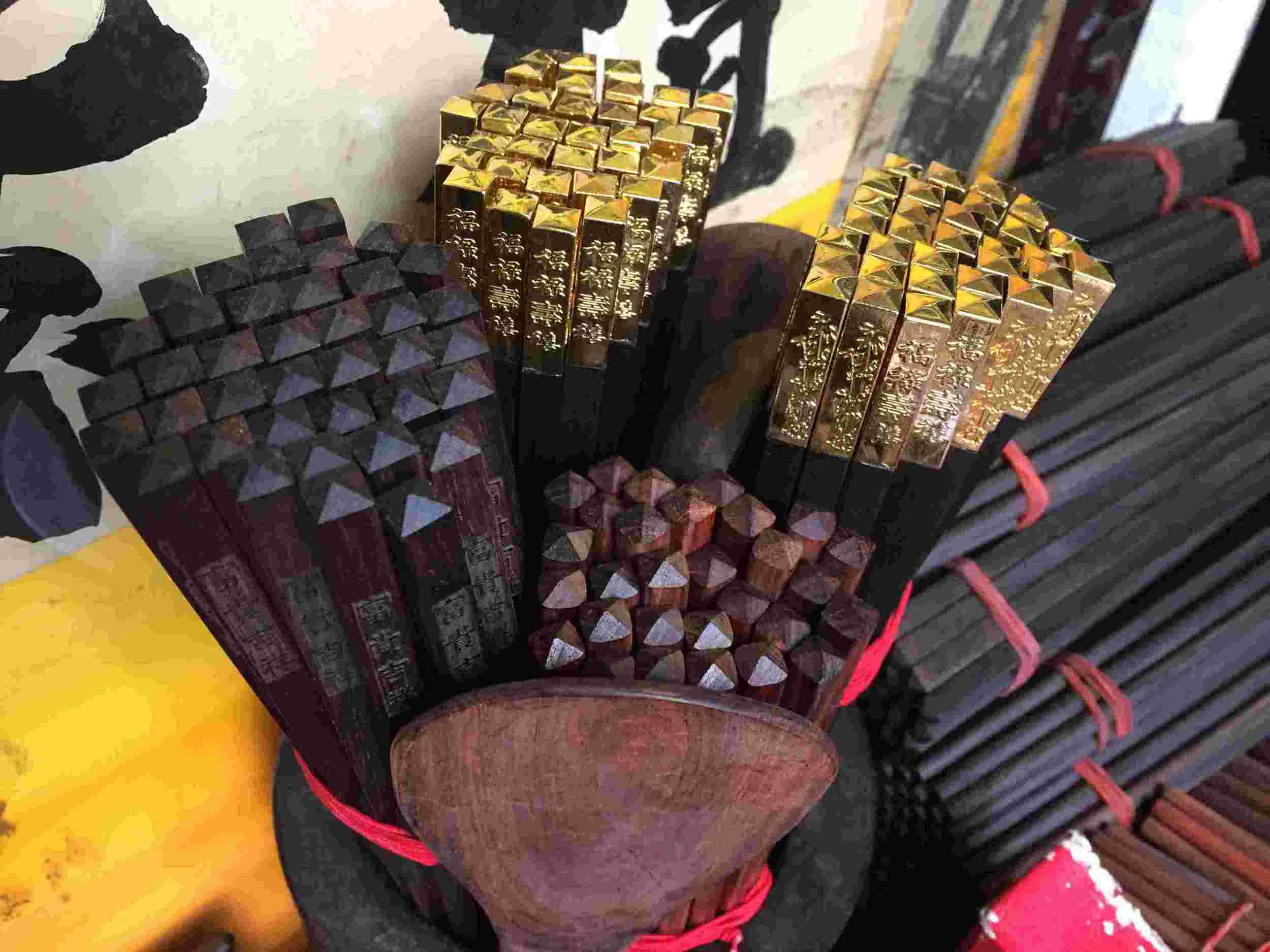Perseverance spanning one hundred years: a story of the last chopsticks master
18 December, 2018

Following fashion brand Dolce & Gabbana's decision to cancel a major show in China due to a controversial advert in which they called chopsticks “small sticks,” the eating utensils, invented and used by Chinese people for thousands of years, have once again caught the world’s attention.
Though we use chopsticks daily, do you have any idea of the cultural connotations chopsticks possess? 69-year-old Xian Lianguang, Guangzhou’s last chopsticks craftsman, tells us the stories of his family and the art of designing and producing chopsticks, showing us how the so-called “small sticks” can endure the crushing weight of time, and how they serve as a carrier of Chinese culture.
Huddled in a quiet corner of Tiancheng Road in Guangzhou, Xian Lianguang’s dimly-lit shop seems to be incompatible with its modern, brightly lit neighbors. The cramped shop, which can only hold two customers at a time, has been producing and selling handmade chopsticks for over a century. Occasionally, a passerby will stop at the shop for a minute or two, while Xian proudly introduces his beloved handiwork.
69-year-old Xian is not only a craftsman with a love of making chopsticks, but he is also one of the few remaining guardians of traditional Chinese culture. Locals have awarded Xian and his family the title of “chopsticks masters” for three generations, while his shop is the last place in Guangzhou where the ancient art of designing chopsticks still thrives.
“Chopsticks have a life of their own,” Xian explains with a soft Cantonese accent. “It’s simply a matter of waking up their soul, and then passing on the cultural connotations to our customers.”
Sitting on a wooden stool, the same one on which Xian’s mother had sat and sewn clothes for the family during the shop's early days, and where his daughter had first learned the art of chopsticks design, Xian told us that the crushing weight of the past reminds him how important it is to continue traditions, adding that the art of designing chopsticks would reveal the passage of time.
Last chopsticks master, solitary perseverance
Xian’s chopsticks are longer than ordinary ones, with a length of 26.8 centimeters, as the spelling of the number in Cantonese sounds like “wealthy all the way.” Even the way that Xian displays his chopsticks contains an exquisite cultural connotation: they must be piled-up in the form of “?,” a Chinese character meaning “quality,” as the old saying goes - “people have morality, wood has quality.”
Xian is extremely picky when it comes to choosing the right materials for his chopsticks. He only uses five kinds of wood, including ebony and padauk. Ebony has greater density compared with other wood, giving the chopsticks a hefty touch, while padauk is a rich purple color, delivering a sense of grace and prudence.
According to Xian, chopsticks are not only tableware, but also a carrier of Chinese culture. He believes that chopsticks play an essential role throughout the lives of Chinese people, serving as an inseparable heritage of Chinese culture.
“Learning how to use chopsticks establishes our identity as a Chinese citizen; a pair of chopsticks is usually given as a gift to newly-married couples to represent unswerving and loyal love; and even when worshiping ancestors, Chinese people would use chopsticks as an offering. Needless to say, chopsticks are connected to the soul of Chinese people,” Xian added.
Though he has been making chopsticks for his whole life, Xian has noticed the impact of modern society on his devoted career, especially in Guangzhou, a city that is famous for its international community and culture. Many investors reached out to him for cooperation, urging him to put his chopsticks into mass production, while others offered lucrative deals for his skills. Xian refused all business proposals, noting that making chopsticks is an art, rather than merely a business.
“Mass production will not yield high-quality chopsticks. Many craftsmen want to make their business bigger and stronger, while I want to make mine smaller and more unique,” said Xian.
“Tradition may die out eventually, but not at this moment, not in my family,” said Xian while looking affectionately at his daughter, the family’s fourth generation of “chopsticks master.”
TAG(s):
